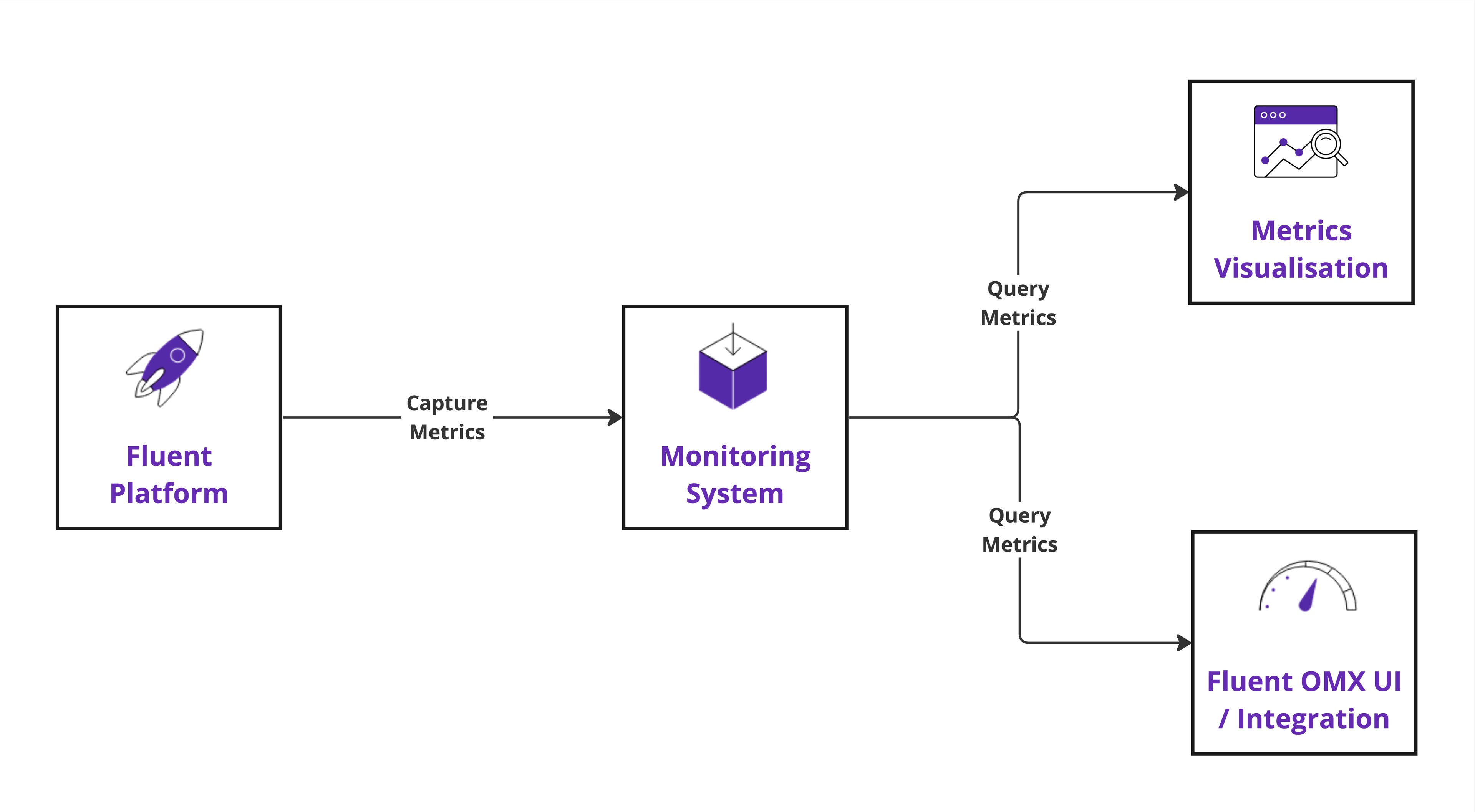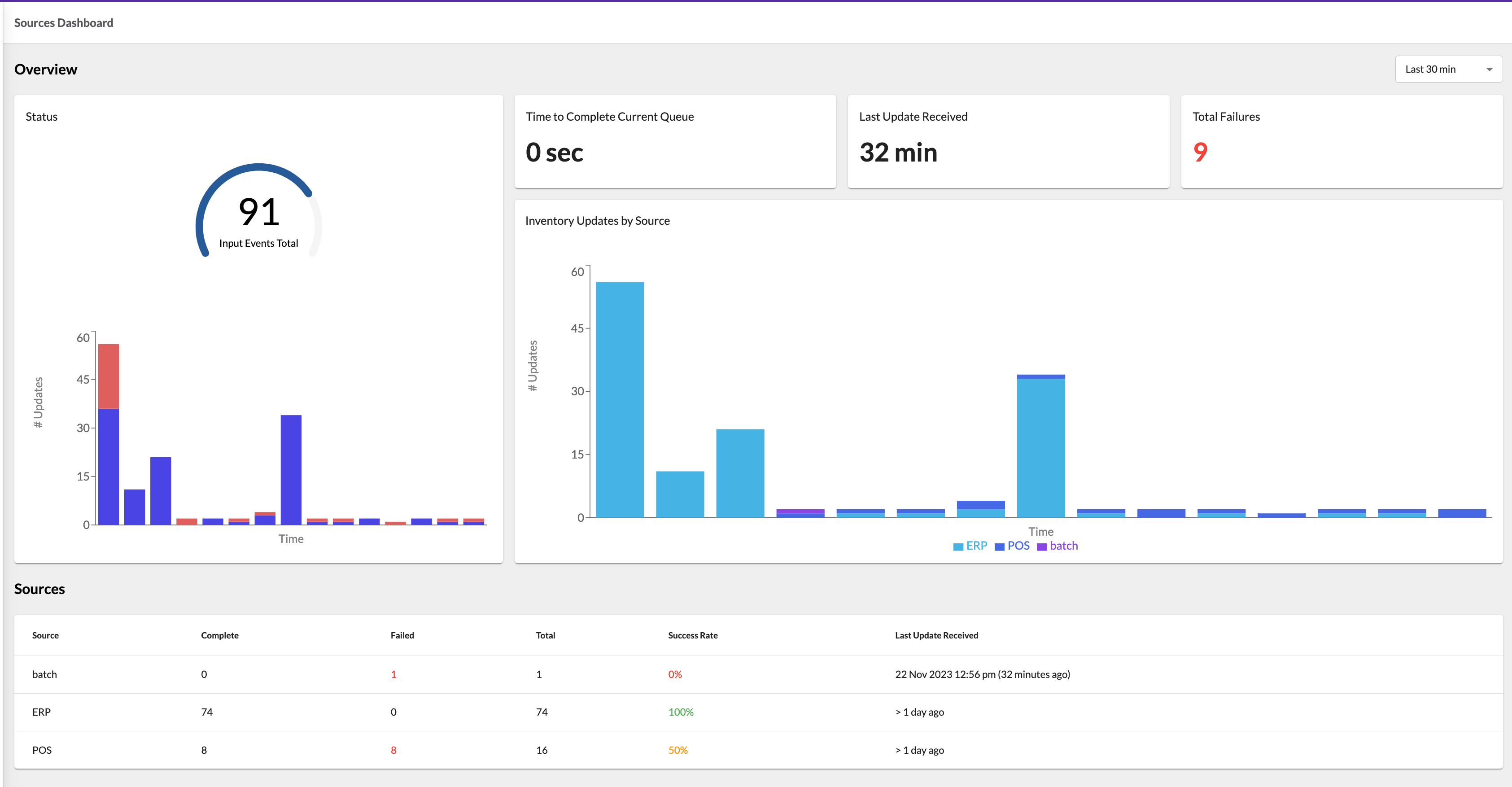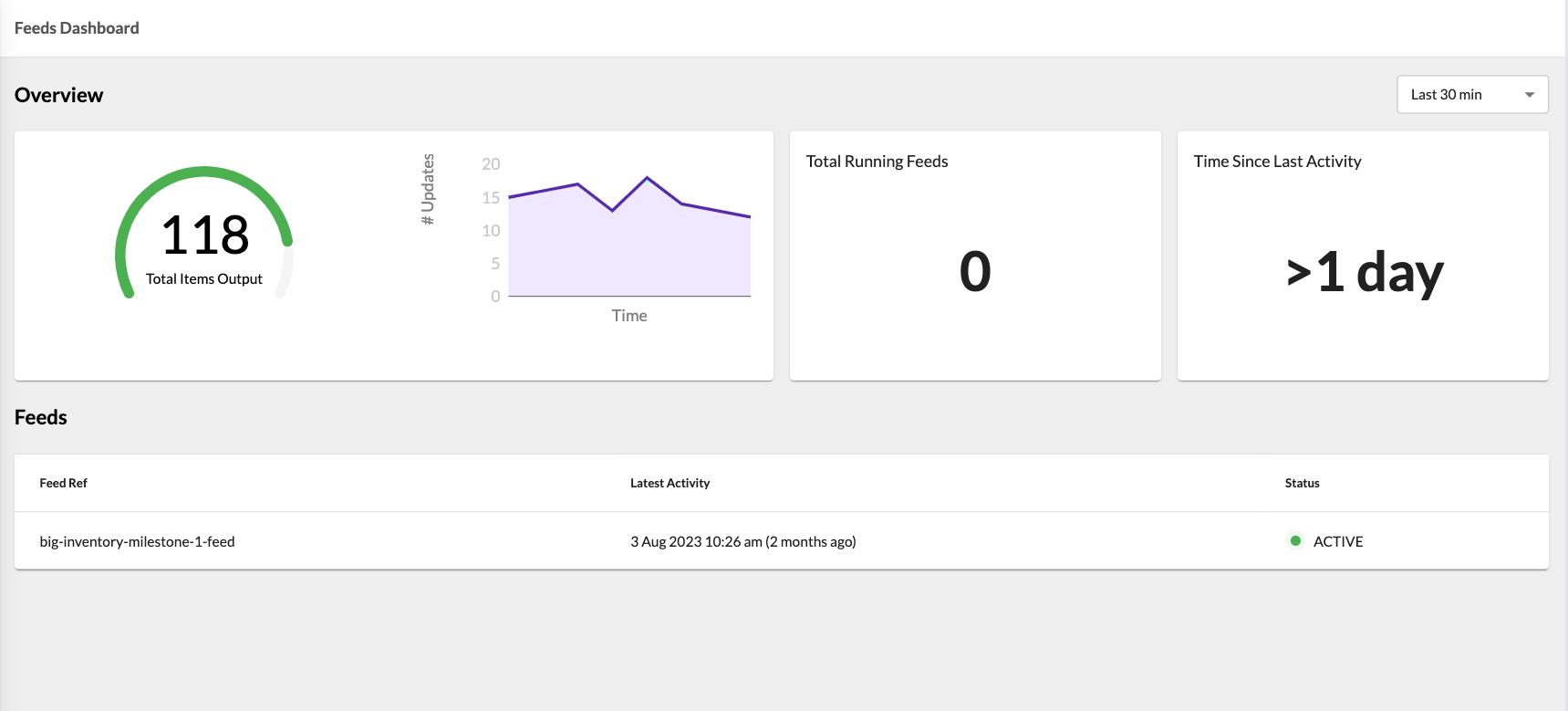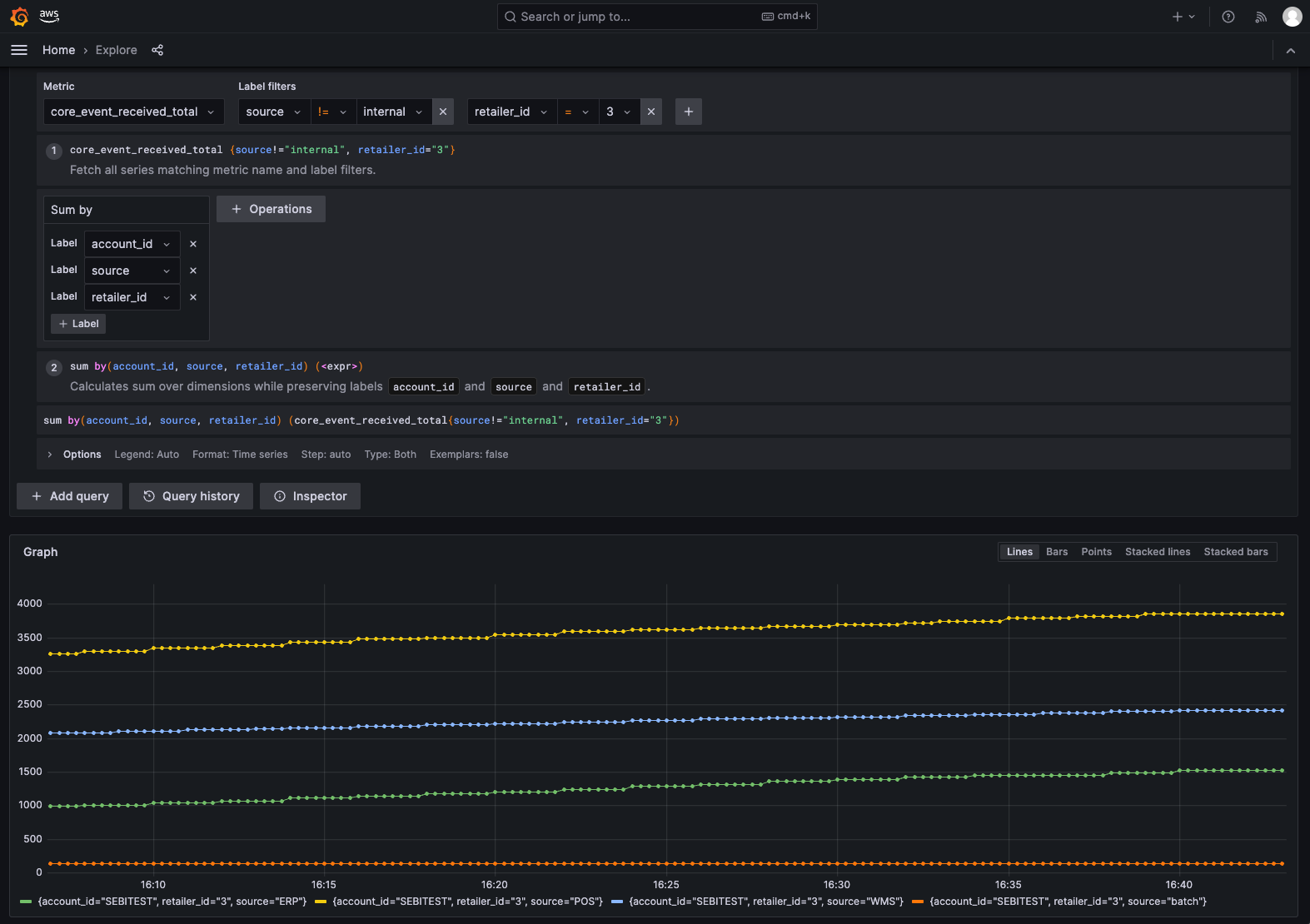Author:
Kirill Gaiduk
Changed on:
22 Aug 2024
This document is intended to introduce the Metrics and describe their place within the Fluent Big Inventory product.
Pre-requisites:
Metrics data visualization provides visibility of Fluent platform operational data and allows to monitor and observe platform/inventory availability and orchestration insights.
Metrics enablement brings the necessary tools to:
There are two main stages to achieve the objective of improving the visibility/insights of the Fluent Platform:

Metrics enable the following functionality:
While the Fluent platform and applications process customers' requests, the instrumentation is integral to the Fluent application source code to enhance processing visibility and capture the Metrics. The Fluent Platform source code is instrumented to collect Metrics and upload those Metrics data into the Metrics workspace. The Metrics workspace is then queried to retrieve the Metrics data.
The Metrics monitoring system provides a dimensional data model and flexible query language to select the Metrics data and aggregate the time series data in real-time.
See the Query Syntax section described in the Getting Started with Metrics API article for query details.
Metrics API query operations provide the necessary Metrics data to display the charts, diagrams, and dashboards.
Customer Metrics data could be visualized by hooking up the Metrics query data with:
1. OMX UX Framework, for example:


2. Metrics analytics and visualisation platforms. For example:

Copyright © 2025 Fluent Retail Pty Ltd (trading as Fluent Commerce). All rights reserved. No materials on this docs.fluentcommerce.com site may be used in any way and/or for any purpose without prior written authorisation from Fluent Commerce. Current customers and partners shall use these materials strictly in accordance with the terms and conditions of their written agreements with Fluent Commerce or its affiliates.